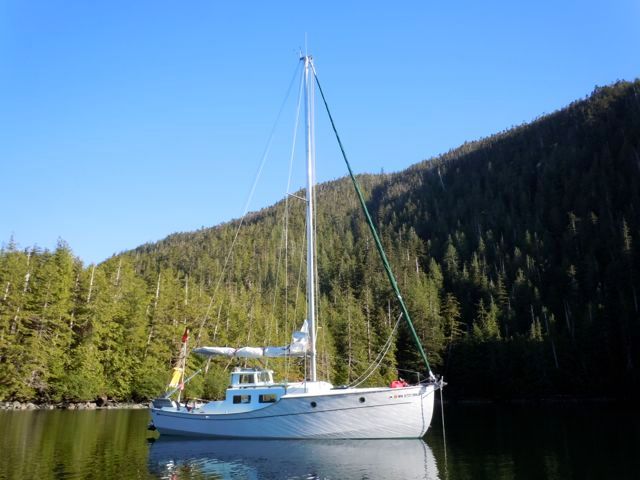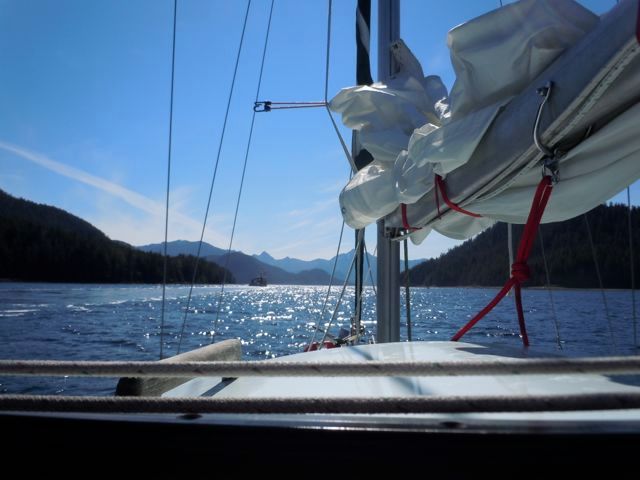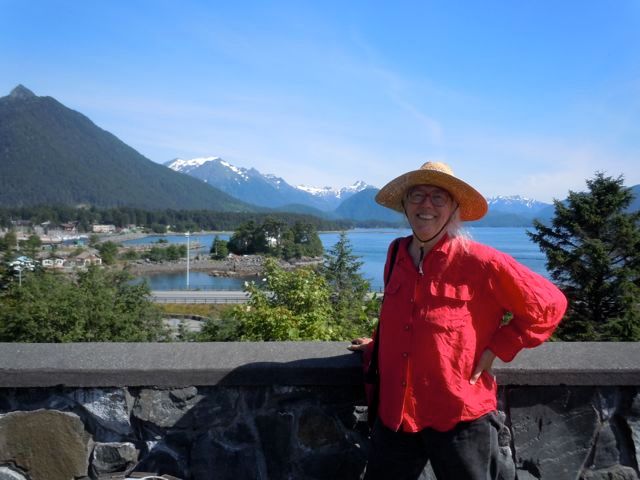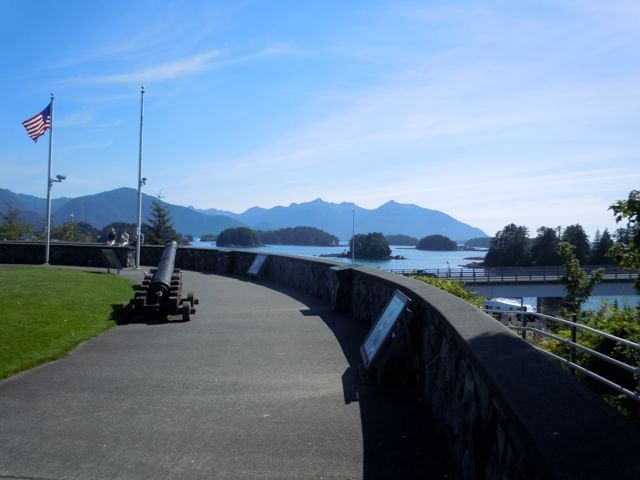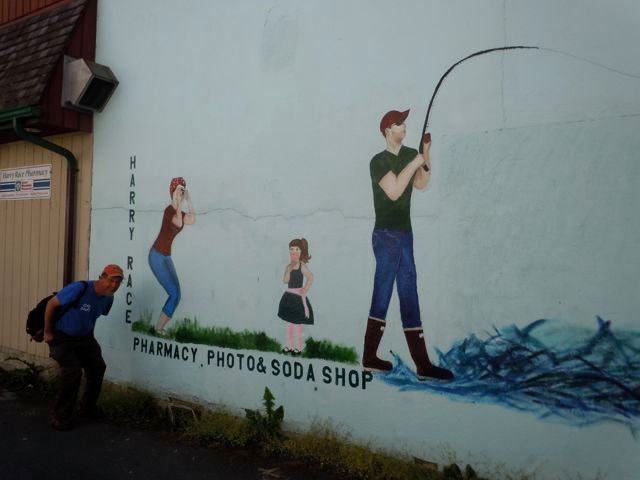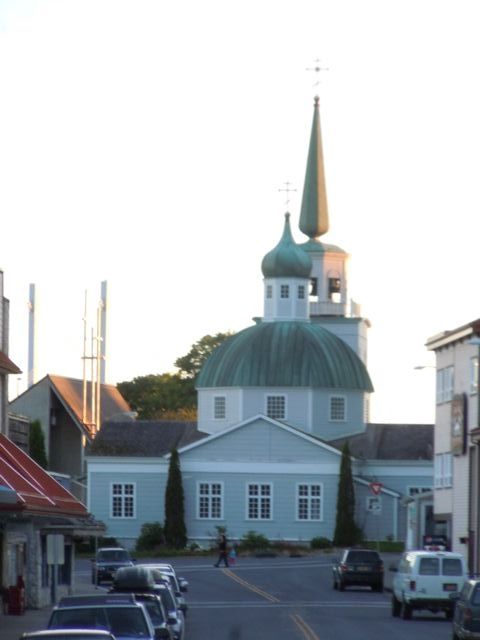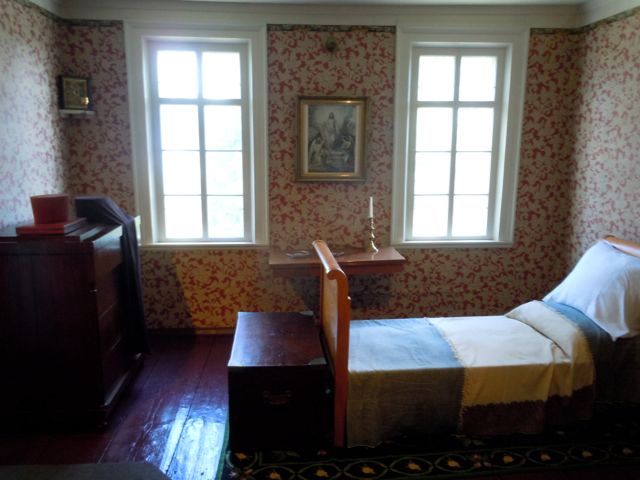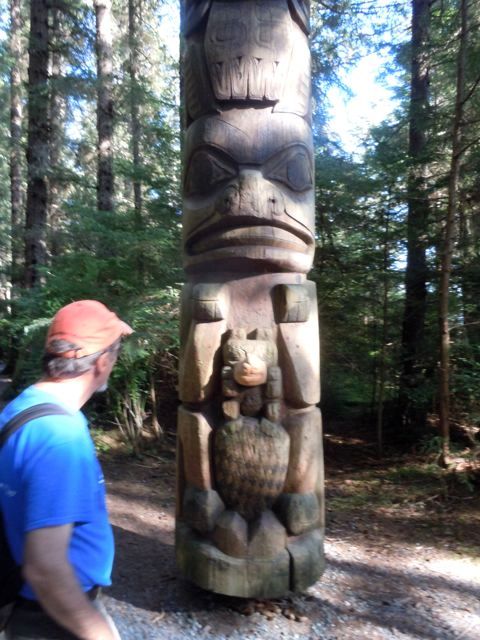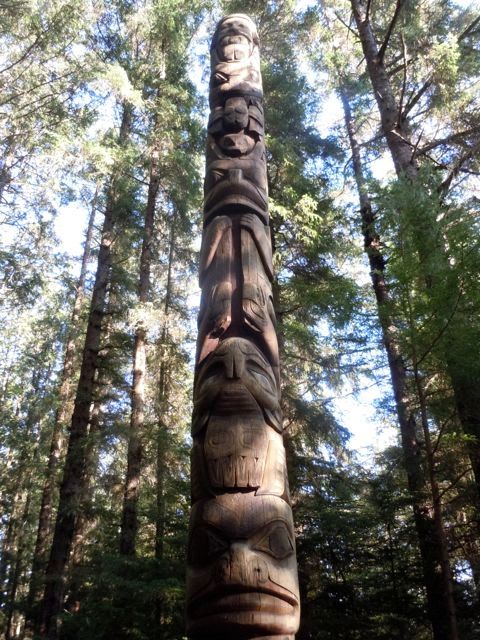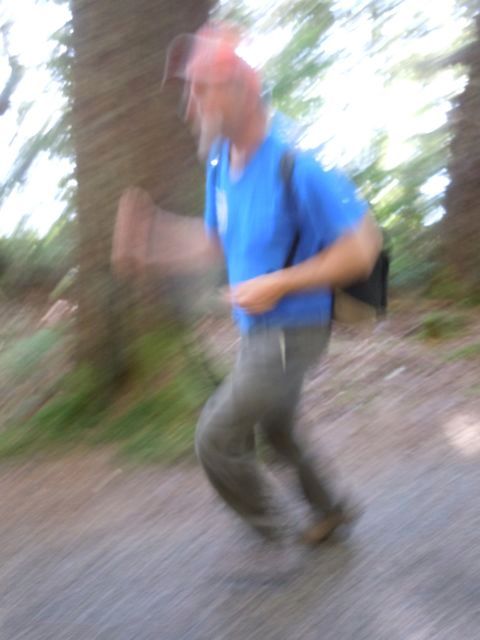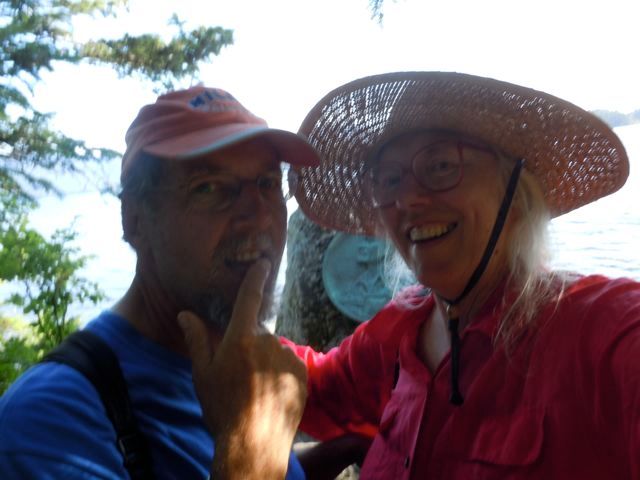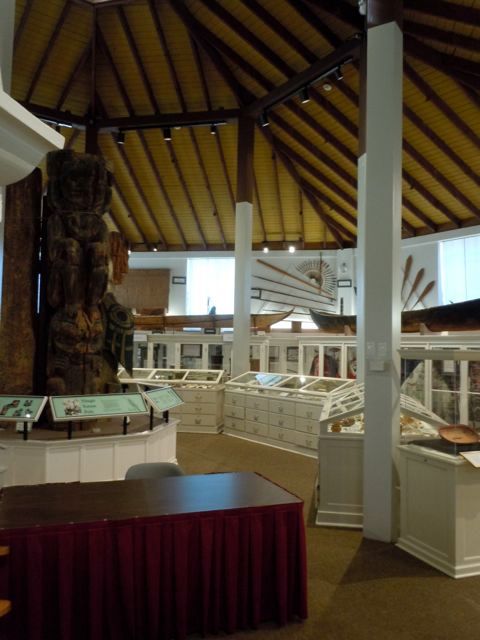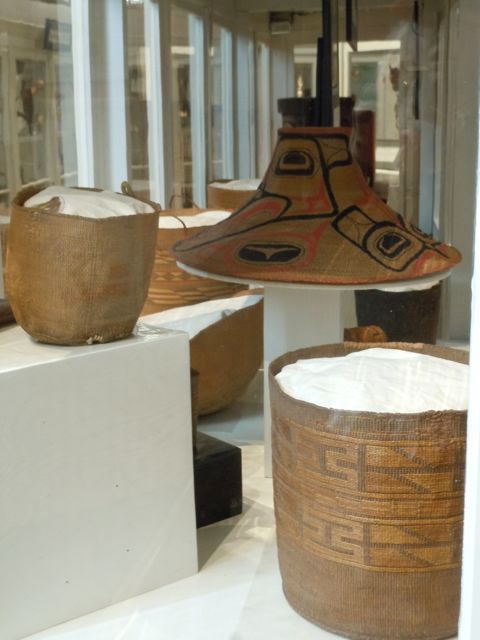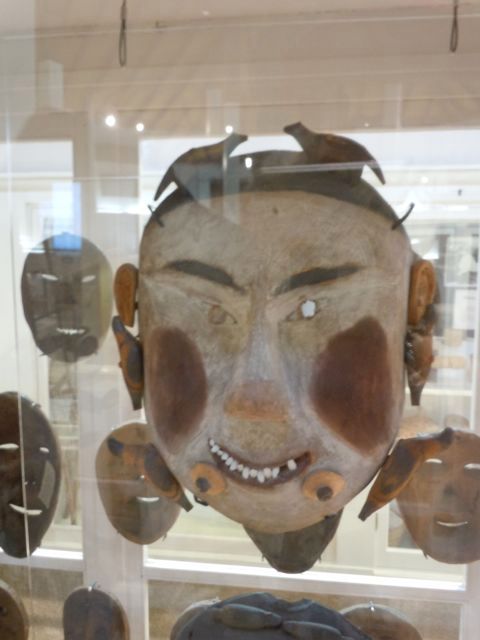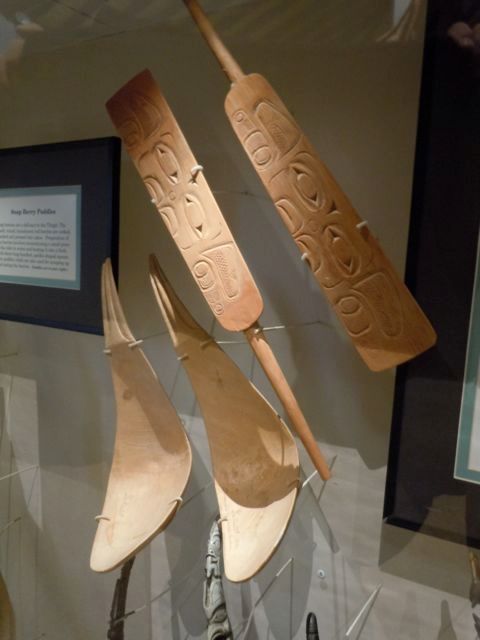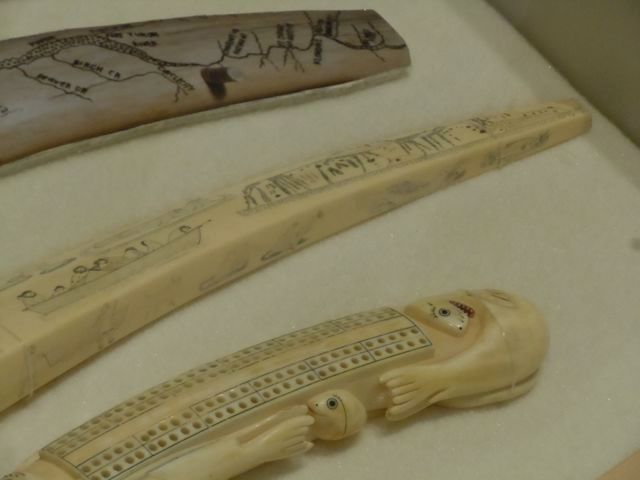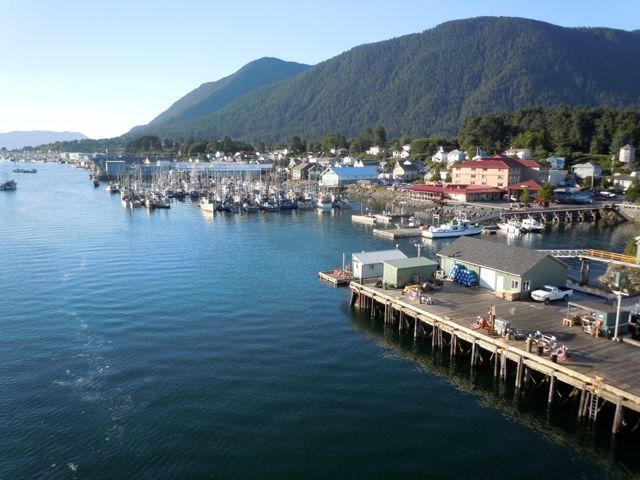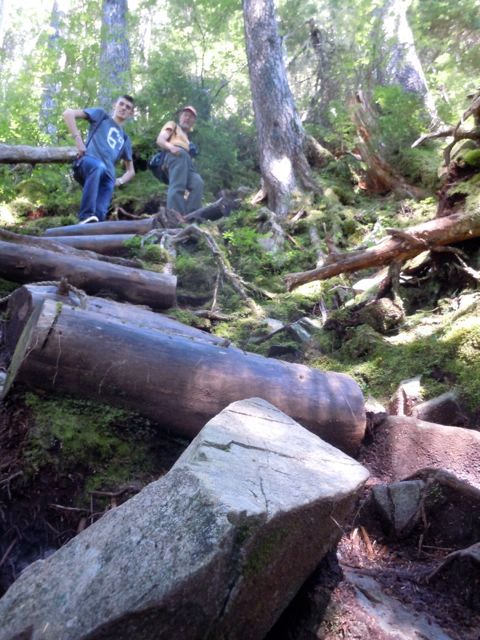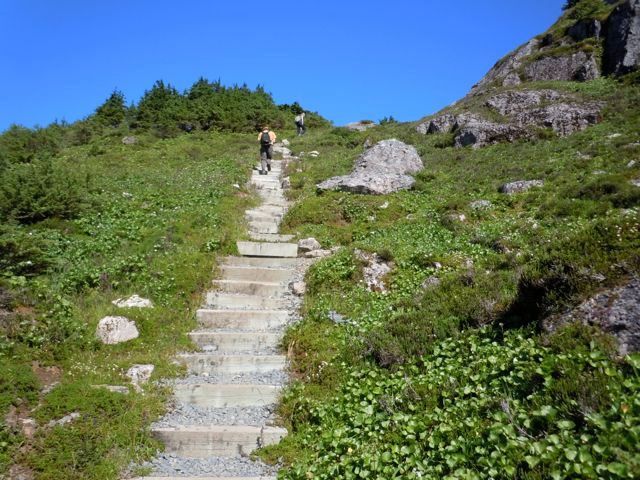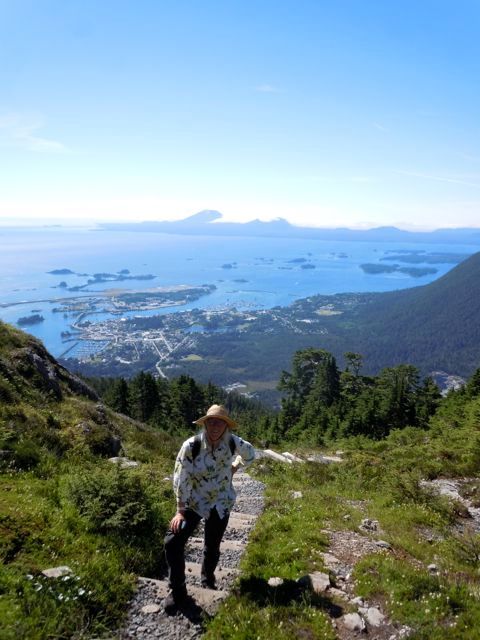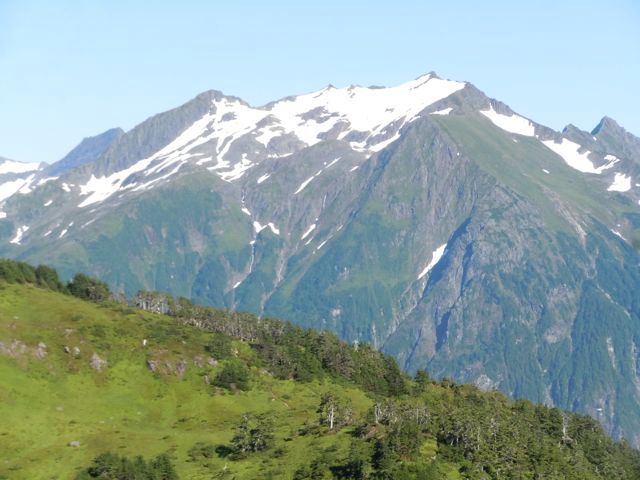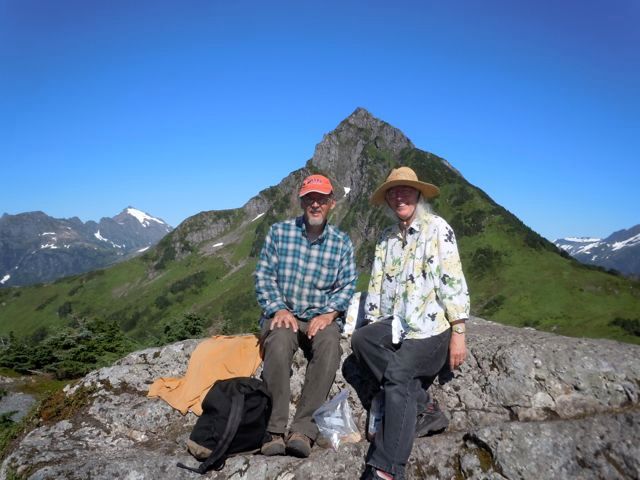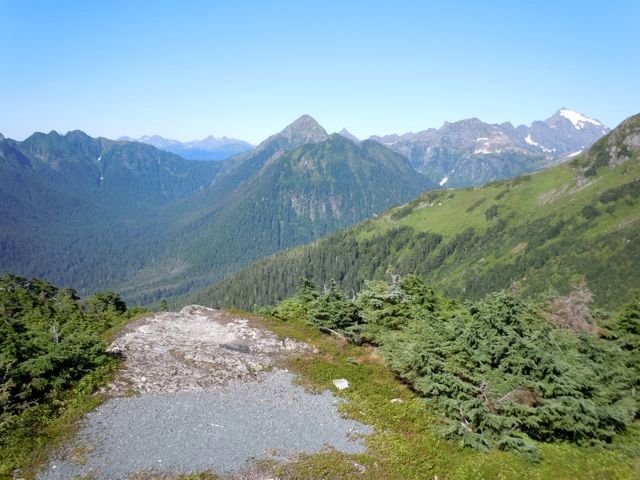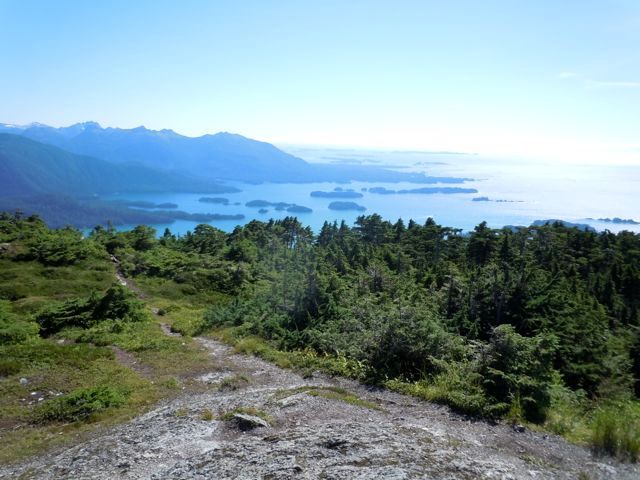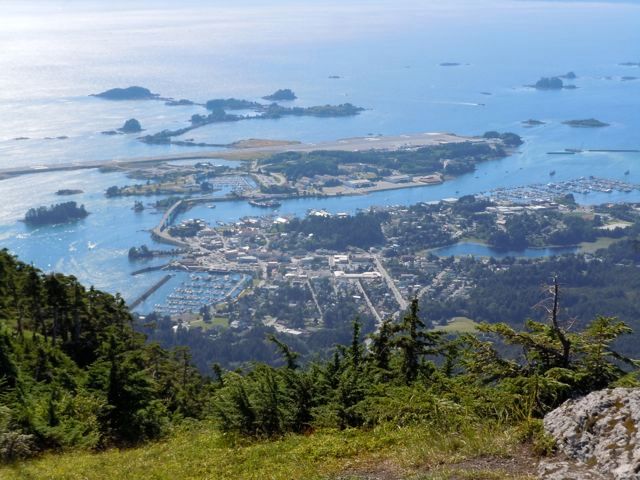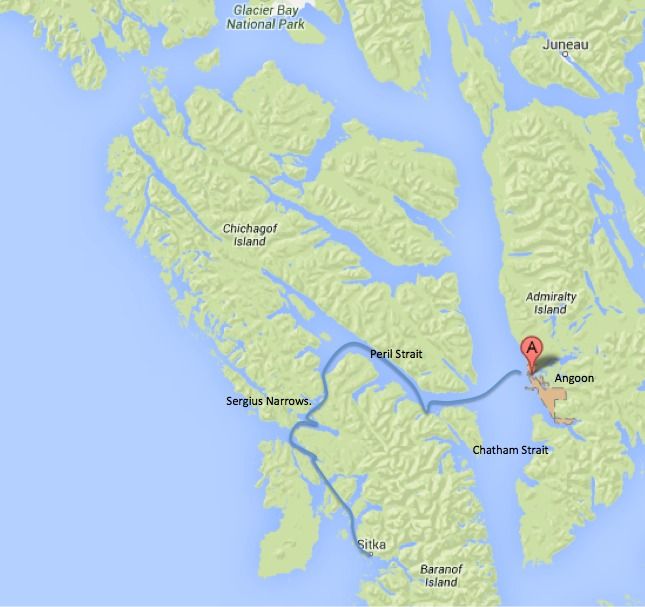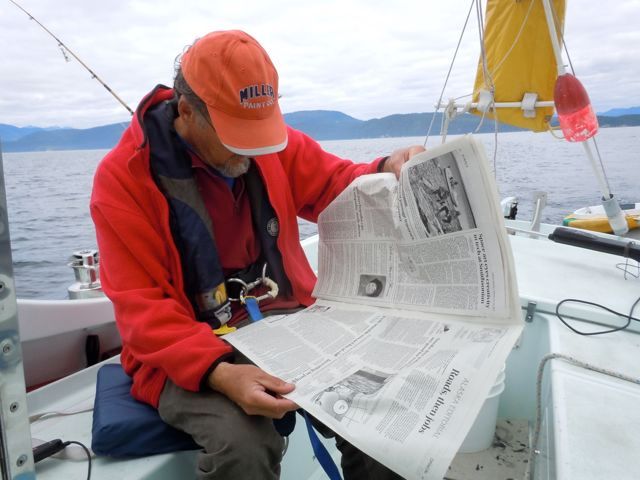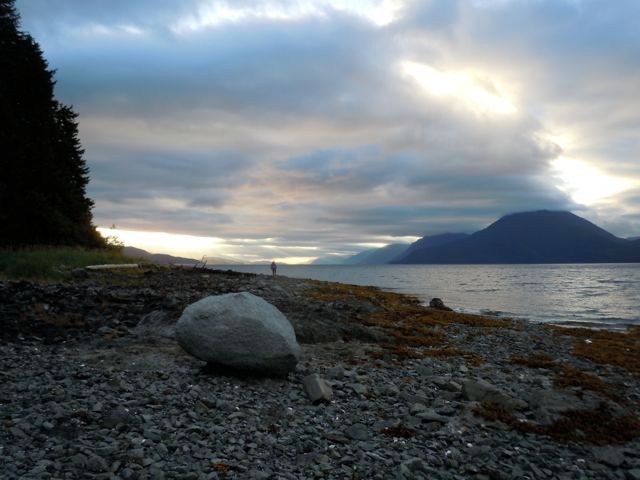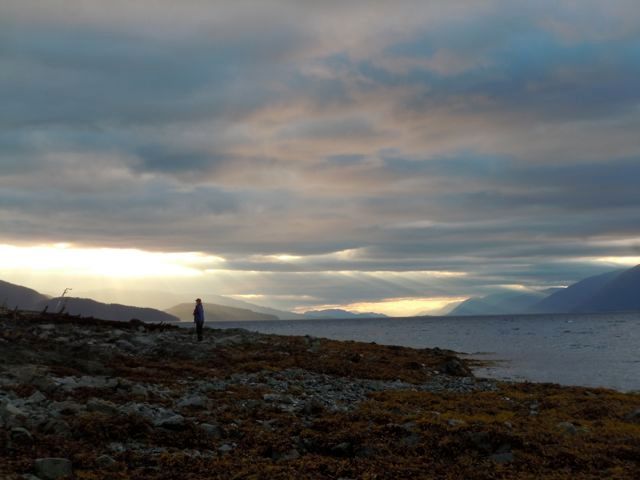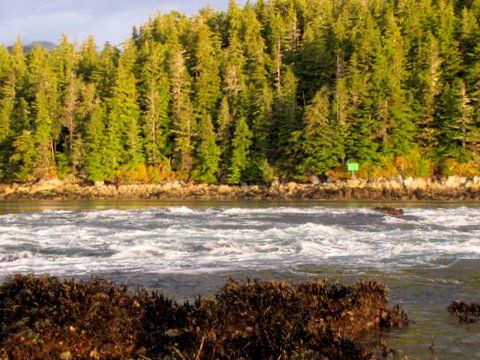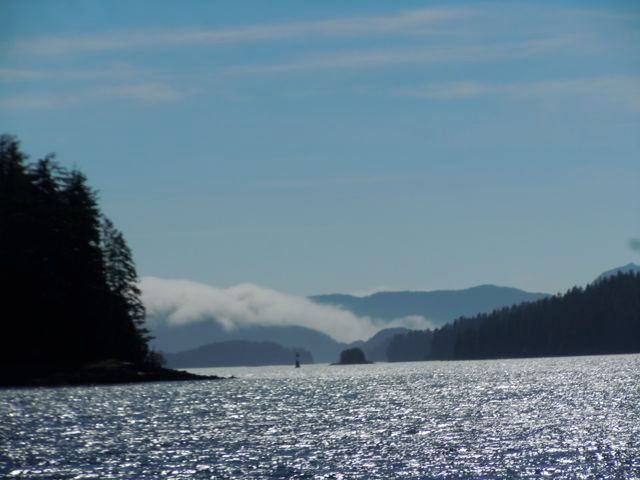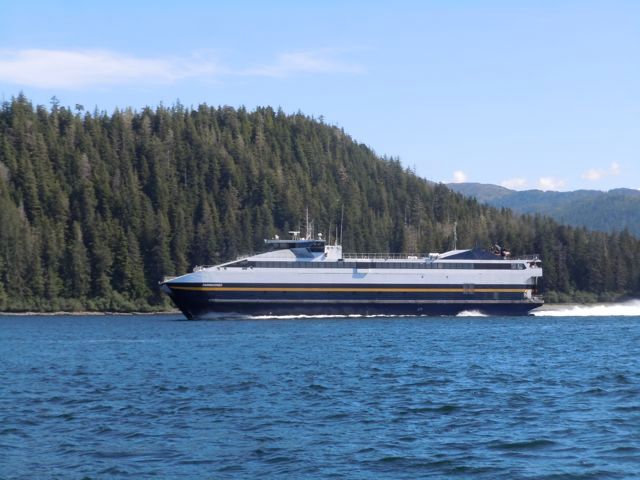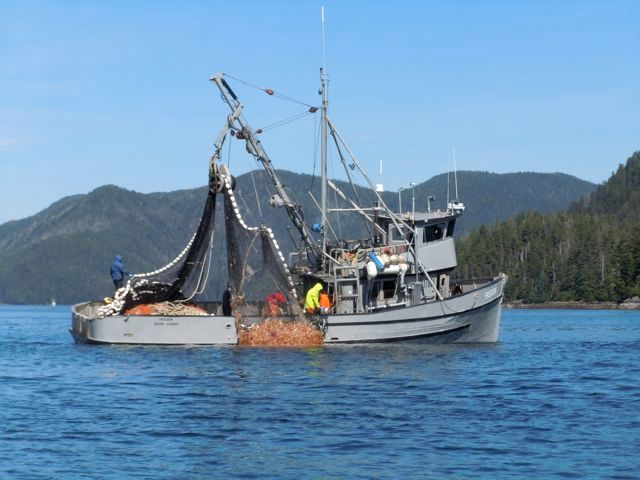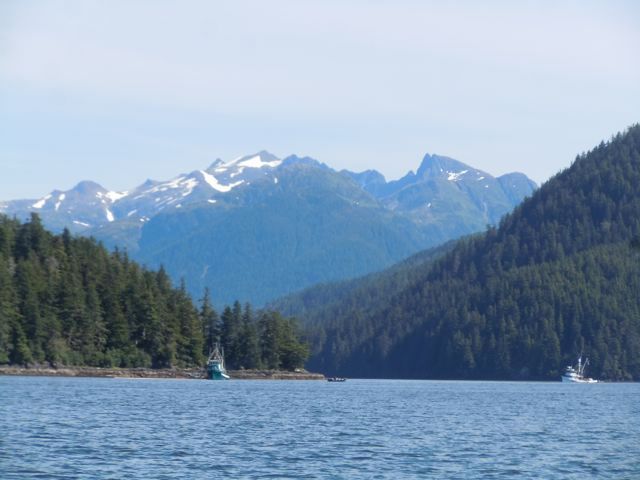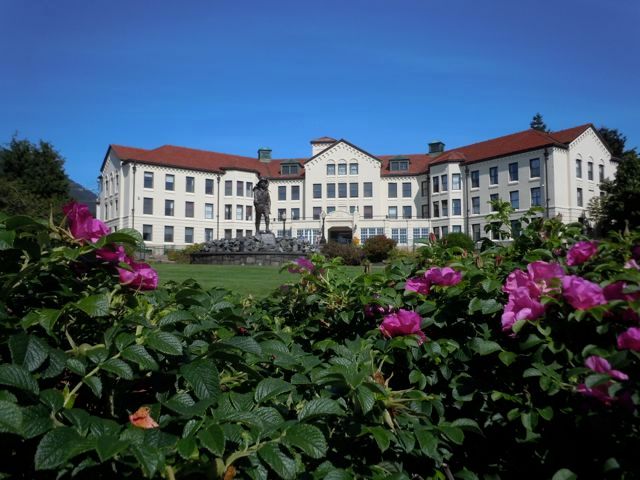A Platitude by Any Other Name Smells Just as Sweet.
I‘ll admit it, I have had it up to here with doing what’s best for kids. I know as a teacher I am supposed to be warm, fuzzy and all giving all the time but this "doing what’s best for kids” thing has finally got to me.
Just to keep things honest, I am one of those union big shots we hear so much about. I am the president of our local teachers union and my members pretty much march lockstep to my every desire. I own three cars, the swankiest a 2002 Volkswagen Jetta; I dine in the fanciest pizza joints that our community has to offer and I drink nothing but artisanal beer. Now that you know where I am coming from, I’m sure it’s clear that kids are way down on my list of priorities. But the fact that I obviously don’t give a hoot about kids personally, isn’t what drives me nuts about this “do what’s best for kids” mantra.
What gets me is how the mantra is used by everyone from the president, to politicians, to voters, to administrators, to all of us educators ourselves, to show that our first concern always is with the kids whether it really is or not. I can't listen to the news, negotiate our contract or even go to a faculty meeting without just about everyone agreeing that education is always about doing what is best for kids.
 But I'm first to admit it, I don’t always do what’s best for kids. I recently attended a teacher leadership conference sponsored by the Gates Foundation. I went in large part because I heard they put on a good lunch. And the lunch was good, with lots of snacks, chocolate covered rose petals, that sort of thing, and it was in a fancy conference center with waterfalls, valet parking and clean restrooms.
But I'm first to admit it, I don’t always do what’s best for kids. I recently attended a teacher leadership conference sponsored by the Gates Foundation. I went in large part because I heard they put on a good lunch. And the lunch was good, with lots of snacks, chocolate covered rose petals, that sort of thing, and it was in a fancy conference center with waterfalls, valet parking and clean restrooms.
I was feeling a little guilty because I realized that if we really were serious about doing what is best for kids, wouldn’t all us teacher-leader types have met on the cheap? Wouldn’t we have brought our own sack lunches and met in some high school gymnasium or cafeteria? We still could have had the same conversations and discussions and sent that extra money to a homeless shelter or something else that’s really best for kids.
Now of course I’m just a union lackey who always puts adults ahead of kids but there were a lot of non-union types there too, Bill and Melinda aren’t known for their support of big labor. And I would have thought they would have felt especially guilty being that they really want to do “what’s best for kids.” But it was nice, we got along great, eating chocolate, listening to the waterfalls and solving education’s problems all on Bill’s nickel.
 But I really suppose I shouldn’t feel bad because who in the education business ever really does what’s best for kids? If we were serious about doing what’s best for kids, wouldn’t we all take a vow of poverty and live like Mother Theresa? Wouldn’t we be willing to step back to those good old days when teachers lived at the school, cleaned it and did the cooking too? And of course we would do it for a pittance.
But I really suppose I shouldn’t feel bad because who in the education business ever really does what’s best for kids? If we were serious about doing what’s best for kids, wouldn’t we all take a vow of poverty and live like Mother Theresa? Wouldn’t we be willing to step back to those good old days when teachers lived at the school, cleaned it and did the cooking too? And of course we would do it for a pittance.
And as a country if we were really interested in doing what is best for kids couldn’t we do with one less $13 billion aircraft carrier or a couple of $2.5 billion submarines and spend that money on early childhood education? If we were really interested in doing what’s best for kids wouldn’t we attack poverty instead of the poor? And if we were really trying to do what's best for kids, who would allow corporate America to set our educational agenda knowing it won't be good for anyone but their shareholders?
So I'm suggesting that we get real about helping kids and that means building new schools instead of new weapons systems, paying support staff a living wage and giving teachers the respect they deserve. And really being honest about just whose nest is being feathered.
While I don’t think anyone is ready to start the “Let’s do what’s bad for kids,” movement, on the other hand, it's time to put this platitude to rest and do the best we can.
A Platitude by Any Other Name Smells Just as Sweet.
I‘ll admit it, I have had it up to here with doing what’s best for kids. I know as a teacher I am supposed to be warm, fuzzy and all giving all the time but this "doing what’s best for kids” thing has finally got to me.
Just to keep things honest, I am one of those union big shots we hear so much about. I am the president of our local teachers union and my members pretty much march lockstep to my every desire. I own three cars, the swankiest a 2002 Volkswagen Jetta; I dine in the fanciest pizza joints that our community has to offer and I drink nothing but artisanal beer. Now that you know where I am coming from, I’m sure it’s clear that kids are way down on my list of priorities. But the fact that I obviously don’t give a hoot about kids personally, isn’t what drives me nuts about this “do what’s best for kids” mantra.
 But I'm first to admit it, I don’t always do what’s best for kids. I recently attended a teacher leadership conference sponsored by the Gates Foundation. I went in large part because I heard they put on a good lunch. And the lunch was good, with lots of snacks, chocolate covered rose petals, that sort of thing, and it was in a fancy conference center with waterfalls, valet parking and clean restrooms.
But I'm first to admit it, I don’t always do what’s best for kids. I recently attended a teacher leadership conference sponsored by the Gates Foundation. I went in large part because I heard they put on a good lunch. And the lunch was good, with lots of snacks, chocolate covered rose petals, that sort of thing, and it was in a fancy conference center with waterfalls, valet parking and clean restrooms.
I was feeling a little guilty because I realized that if we really were serious about doing what is best for kids, wouldn’t all us teacher-leader types have met on the cheap? Wouldn’t we have brought our own sack lunches and met in some high school gymnasium or cafeteria? We still could have had the same conversations and discussions and sent that extra money to a homeless shelter or something else that’s really best for kids.
Now of course I’m just a union lackey who always puts adults ahead of kids but there were a lot of non-union types there too, Bill and Melinda aren’t known for their support of big labor. And I would have thought they would have felt especially guilty being that they really want to do “what’s best for kids.” But it was nice, we got along great, eating chocolate, listening to the waterfalls and solving education’s problems all on Bill’s nickel.
 But I really suppose I shouldn’t feel bad because who in the education business ever really does what’s best for kids? If we were serious about doing what’s best for kids, wouldn’t we all take a vow of poverty and live like Mother Theresa? Wouldn’t we be willing to step back to those good old days when teachers lived at the school, cleaned it and did the cooking too? And of course we would do it for a pittance.
But I really suppose I shouldn’t feel bad because who in the education business ever really does what’s best for kids? If we were serious about doing what’s best for kids, wouldn’t we all take a vow of poverty and live like Mother Theresa? Wouldn’t we be willing to step back to those good old days when teachers lived at the school, cleaned it and did the cooking too? And of course we would do it for a pittance.While I don’t think anyone is ready to start the “Let’s do what’s bad for kids,” movement, on the other hand, it's time to put this platitude to rest and do the best we can.










